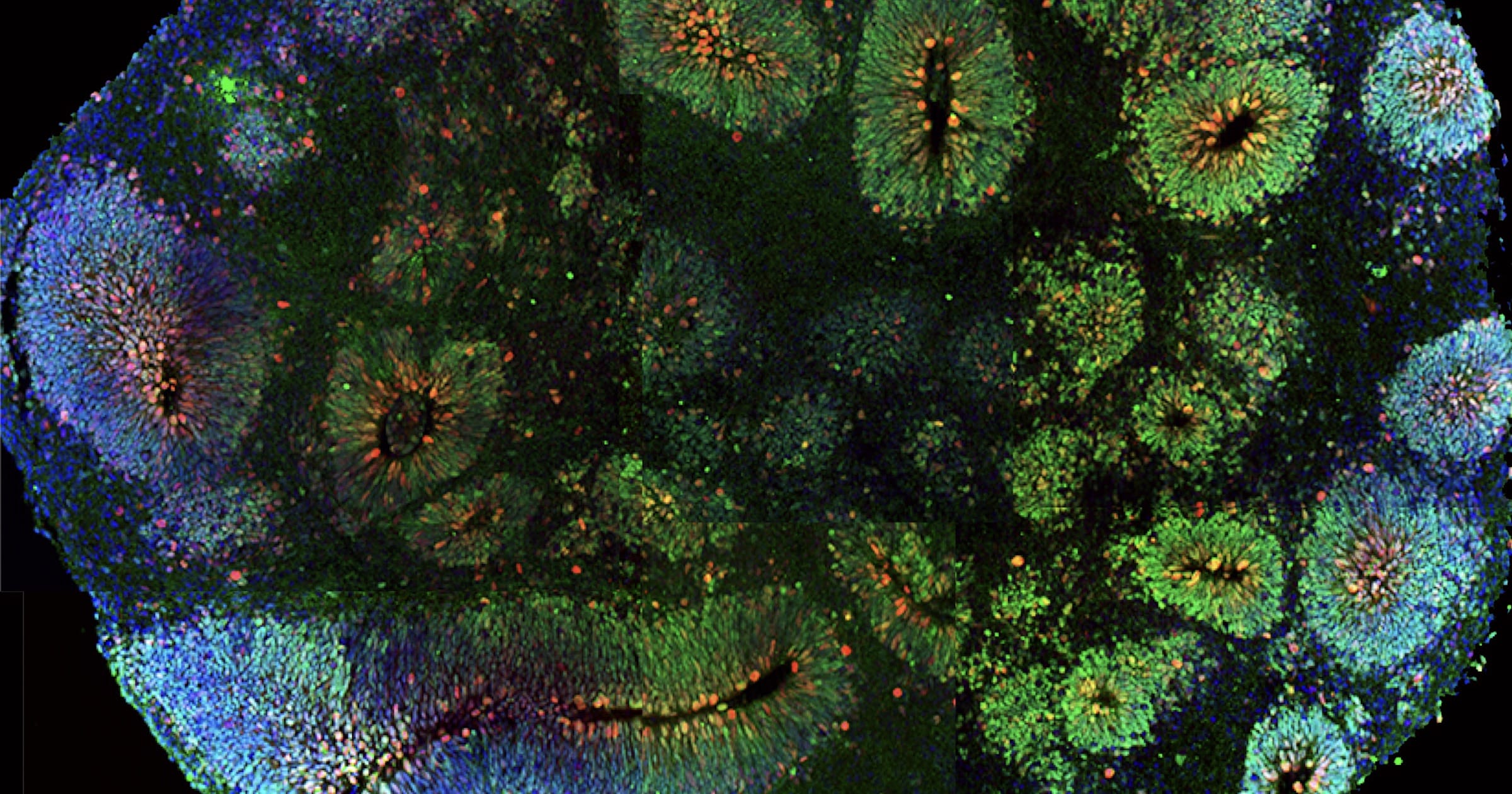 Medicine
Medicine
 Neuroscience & Mind
Neuroscience & Mind
Yikes, Lab-Grown Brains Are Getting Closer

A new neuroscience research area raises as much concern as excitement: growing mini “human brains” in a lab. The excitement is the prospect of better understanding and treatment of dementia, autism, and motor neuron disease (ALS). The concern is that they will become sentient, capable of feeling. Then what?
Starting in 2008, researchers learned that they could coax human stem cells to self-organize into “brainlike structures with electrically active neurons.” Although the cell clusters behave, to some extent, like human embryos, they are not human embryos but skin cells from an adult. That limits the ethical conflict in that the research does not depend on the abortion industry. But ethical issues crop up anyway as groups of cells become more and more like human — or at least animal — brains.
For some, who aim to discover the secret of human consciousness in “the stuff thoughts are made of”, the ethical risks are worth taking.
In a survey article, medical reporter Clare Wilson tells us at New Scientist that so far researchers have got the mini-brains to react to light:
To truly fulfill the potential of mini-brains, however, neuroscientists want to make them bigger and more complex. Some are attempting to grow them with blood vessels. Others are fusing two organoids, each mimicking a different part of the brain.”
CLARE WILSON, “WHAT LAB-GROWN ‘MINI-BRAINS’ ARE REVEALING ABOUT THIS MYSTERIOUS ORGAN” AT NEW SCIENTIST (JULY 20, 2022)
Trying to Communicate
Some interesting discoveries have followed. When the self-organizing groups of human cells — suspended in liquid inside a blob of gel — can be got to behave like human embryos, they follow a complex and precise process, forming structures that Salk Institute biologist Fred Gage
calls “quite remarkable.” And they try to communicate:
Equally startling is that the mature neurons fire electrical signals, and different neurons sometimes show patterns of synchronous activity known as brainwaves, detectable by placing mini-brains on a grid of recording microelectrodes. They are similar in complexity to those of a fetus about a month before birth, according to Alysson Muotri at the University of California, San Diego, who has done some of the most attention-grabbing work on mini-brains.
CLARE WILSON, “WHAT LAB-GROWN ‘MINI-BRAINS’ ARE REVEALING ABOUT THIS MYSTERIOUS ORGAN” AT NEW SCIENTIST (JULY 20, 2022)
It’s worth noting that before birth, a child is asleep almost all of the time, consistent with a very rapid rate of growth and absence of trauma.
Anticipating Birth?
Another curious fact is that the brain organoids’ behavior changes at about nine months, as if in anticipation of birth, according to Stanford University psychiatrist Sergiu Paşca: “They start to resemble cells of the postnatal brain. They change their profile, the proteins they express.” (New Scientist)
Wilson assures us, “This isn’t to suggest that mini-brains are the same as the brain of a real fetus or baby, not least because they cannot be made to grow beyond a few millimetres in diameter.” Yet.
To provide the mini-brains (organoids) with oxygen and nutrients, so that they can keep growing, Dr. Gage transplants immature ones into mouse brains. The mini-brain forms connections with the mouse brain. It works, but as Gage told Wilson, it’s no longer a fully human brain. That’s a problem if the goal is to find out more about human consciousness.
Read the rest at Mind Matters News, published by Discovery Institute’s Bradley Center for Natural and Artificial Intelligence.
